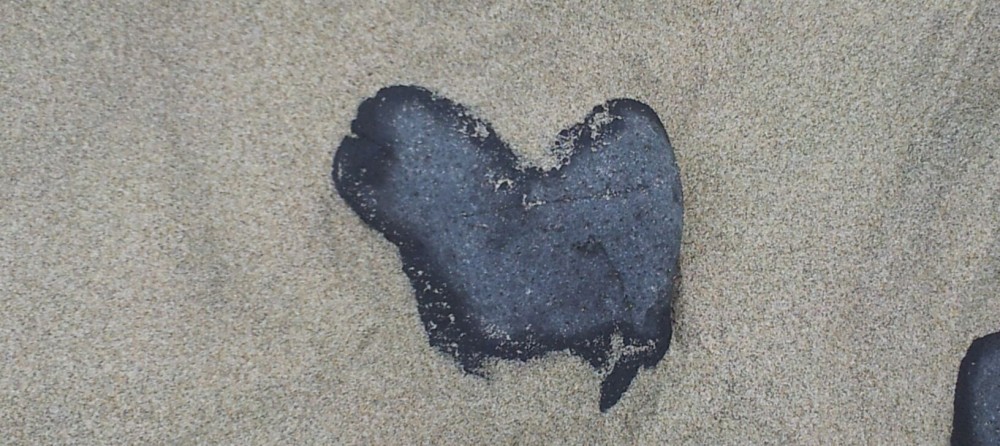Today’s topic is loaded… pun intended!
Toilet learning represents a huge step in independence for the young child and a big change in routine for parents as well. The process can be undertaken at any age, but the child’s interest and readiness should determine the timing. I’ve never heard a parent report success using one of those “toilet training in a day” programs, probably because they do not take into account the child’s natural pace and overall readiness to tackle the process.
Watch for signs of early interest. Young children are naturally inclined to imitate adults and siblings – brushing teeth like papa or washing hands like mama. This is how they learn the rituals and routines of family life. When you notice your child imitating these kinds of bathroom routines is a good time to introduce the toilet sequence (pulling down pants; sitting on the toilet; wiping afterward; washing hands; flushing, etc). The sequence is easily mastered, just like any other practical life skill, when a child has the opportunity to practice and explore.
Be ready to take action when your child shows an interest, regardless of their timing. When toilet training is postponed or when the child is not allowed to become independent when their early interest dictates, the process become onerous and frustrating for both children and parents. Out of frustration, parents may turn to the use of rewards and punishments, which are rarely effective and usually draw out the process even further.
Here are some practical potty learning tips I’ve gathered over the years:
- Choose Natural Fibers/Fabrics. Natural cotton fiber is gentlest on baby’s tender skin and allows the child to sense wetness and eventually to make the connection between the wetness they experience and the biological impulse to use the toilet. The absorbency of disposable diapers prevents toddlers from sensing when they have urinated, thus undermining the child’s natural tendency to gain independence in managing bodily functions. Disposable diapers also contain chemicals which are toxic to the baby and unfriendly to the planet.
- Allow Exploration & Encourage Imitation. Latching the bathroom door or securing the toilet lid sends a confusing message to the child when they see other members of the family using the bathroom at will. Allow your child to see what’s going on in the bathroom, to become familiar with the toilet routine. Children learn by watching. If your toddler seems fascinated with playing in the water in the toilet, try gently redirecting him to a water table or basin of water for play in another room. He will soon learn that the water in the toilet has a different purpose.
- Get some “Potty” Books. My son’s favorite (board book) was Everyone Poops by Taro Gomi. We must’ve read it a thousand times!
- Prepare a Potty: Even if you are using a child sized potty chair rather than an insert for an adult sized toilet seat, I recommend keeping the potty in the bathroom. Using the toilet in different rooms of the house can create confusion for the child since, in the real world, the bathroom is the only room with a toilet.
- Dress For (potty) Success: See my previous post on dressing for independence . It’s enough of a challenge for a young child to anticipate the need to go and then get to the bathroom in time, without complicating the process by adding snaps, buttons and bows. Keep it simple. Elastic waistbands and easy-filling clothes are the best choices for little ones learning to be independent.
- Set up a Child-sized Changing Station: When you notice your child beginning to anticipate the biological urge to use the toilet, it’s time to set up a bathroom ‘changing station’ at their level. Set out a supply of cotton training pants on a low shelf in the bathroom, along with a supply of clothes or wipes, so when an accident occurs the child is able to take off the wet/soiled underwear, clean their bottom, and put on a clean pair. A hamper for soiled underpants and wet clothes/towels should be available in the same space, at the child’s level. Potty “accidents” are a logical occurrence during the process of toilet learning, the same as spilling food occurs frequently when one is learning to use a spoon. The more the child is able to manage on her own, the greater her sense of self confidence and easier the transition to complete bathroom independence. Obviously, parents should be available to fully support the process and assist with cleaning as needed.
- Recognize Independence as Its Own Reward: Learning to use the toilet is the child’s work, not the parents. Rewards and punishment are neither necessary nor helpful. The child’s acquisition of independent life skills, self-confidence and trust in his own abilities are the real reward… which is clearly evident in the ear-to-ear grin of the child who has just completed a task independently. “I did it myself!” is music to every Wize Mama’s ears.
Toilet training, like every other practical life skill, is learned easily when the child is ready for the next level of independence. It is a self-motivated process which proceeds based upon the child’s interest, desire for independence, and biological readiness. One way or another, when the timing is right, everybody poops!
What potty learning strategies worked best for your family? Please post your comments!
Until next time,
Delila
